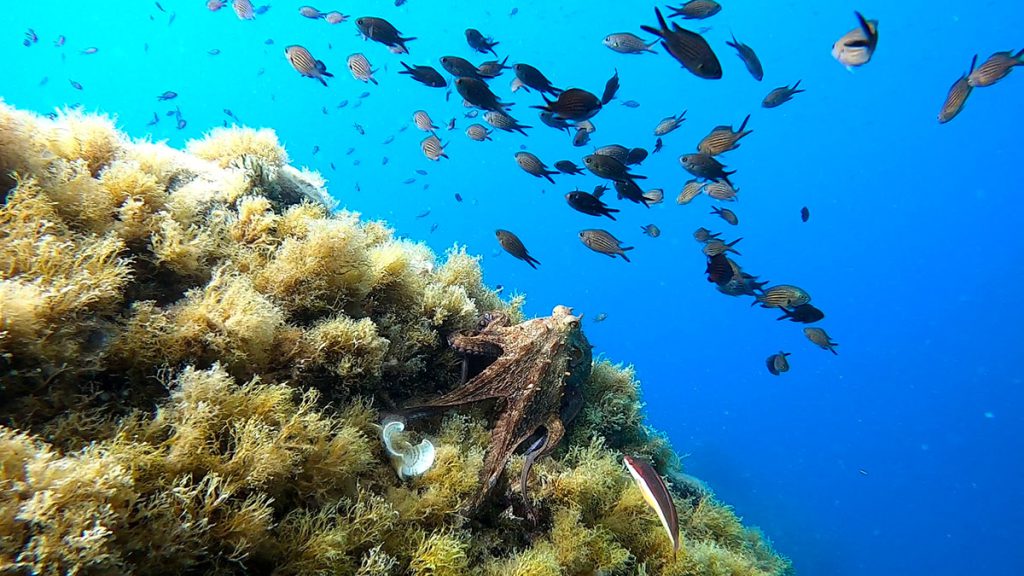2. From ancient catches to ancient biodiversity. Establishing Mediterranean marine baselines
This objective is pivotal as it will explore one of the basic research hypotheses of MERMAID, namely the concept of shifting baselines in the Mediterranean prior to important-scale fishing activities. We intend to apply on zooarchaeological material the basic ecological observation that the species of an ecosystem are linked together by a series of trophic relationships, which can be assessed through actual data and proxies. The idea is to convert archaeo-fisheries statistics, i.e., data on ancient fish catches as reflected in the archaeological record, into archaeo-ecological data, by exploiting the ecological information provided by the archaeofaunal record as well as by reconstructing through specific analyses information on ancient marine ecosystems for which no archaeological evidence is preserved. The aim is to offer descriptive and measurable results about marine biodiversity in the Mediterranean past (presence/absence, abundance, richness, diversity), based on which it will be possible to reconstruct as accurately as possible the natural (pristine) conditions exploited by human groups in the Mediterranean, particularly during the early prehistory, to createconcrete and measurable data for fixing ancient baselines through time, and to estimate the nature and degree of fluctuations of Mediterranean fisheries (shifting baselines). The reasons and results of these fluctuations, namely the environmental and human impact and resilience, will be sought after in the two next steps.

Material/data: zooarchaeological material, proxies
Techniques: zooarchaeological analysis, isotope analysis, marine biology, ecological modelling, statistics
Participants: Laury Asaf, Emna Ben-Lami, Thierry Blasco, Gabriele Carenti, Paolo Guidetti, Audrey Marguin, Marilyne Montanes, Francesca Rossi, Virginie Raybaud, Tatiana Theodoropoulou

